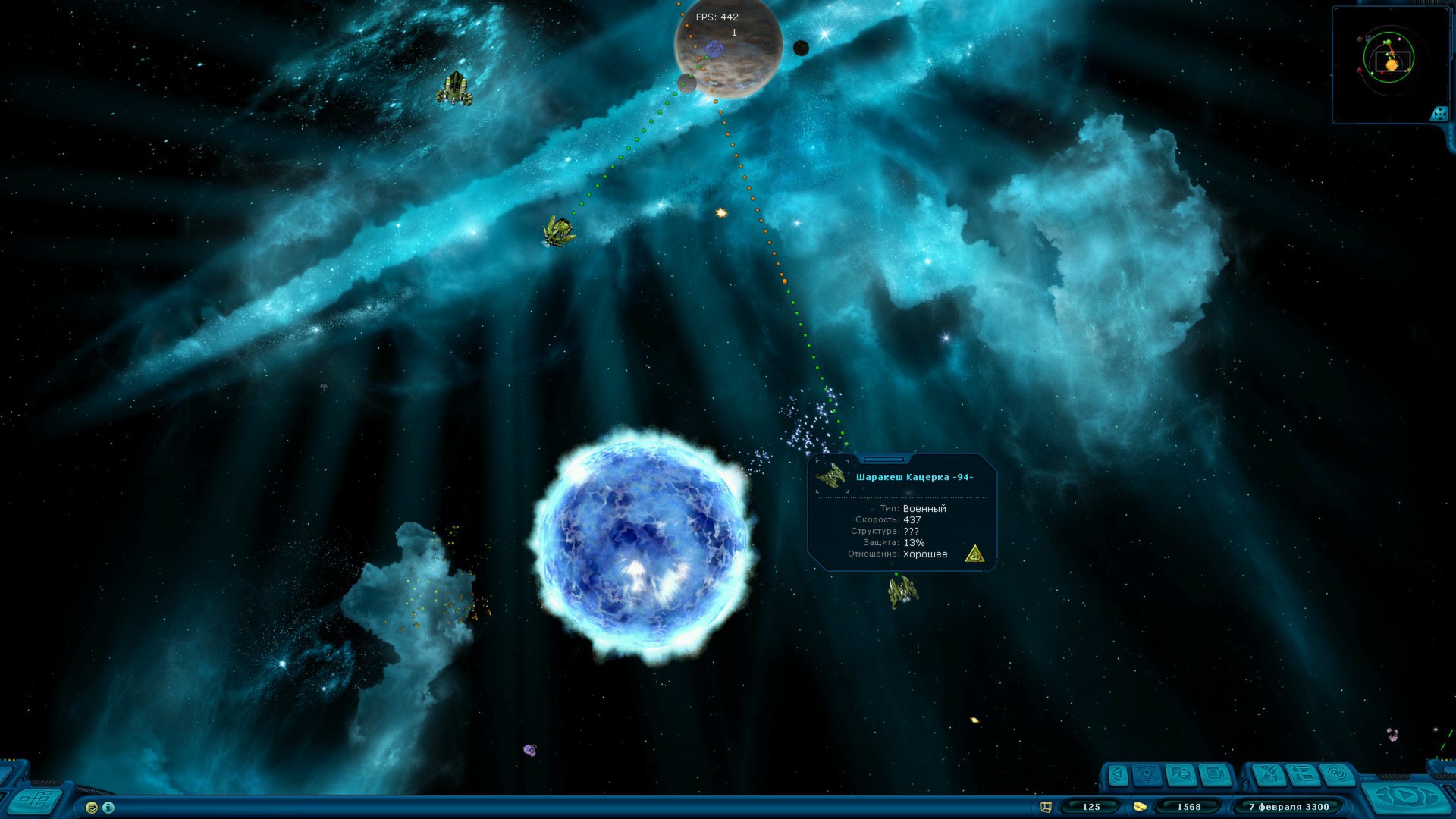Spacewar Steam


•: 1962 Mode(s) Spacewar! Is a developed in 1962 by, in collaboration with Martin Graetz and Wayne Wiitanen, and programmed by Russell with assistance from others including Bob Saunders and Steve Piner.
More Spacewar Steam images. Program For Armstrong Number In Python.
It was written for the newly installed at the. After its initial creation, Spacewar was expanded further by other students and employees of universities in the area, including Dan Edwards and. It was also spread to many of the few dozen, primarily academic, installations of the PDP-1 computer, making Spacewar the first known video game to be played at multiple computer installations. The game features two spaceships, 'the needle' and 'the wedge', engaged in a dogfight while maneuvering in the of a star.
Both ships are controlled by human players. Each ship has limited fuel for maneuvering and a limited number of torpedoes, and the ships follow, remaining in motion even when the player is not accelerating. Flying near the star to provide a was a common tactic. Ships are destroyed when hit by a torpedo or colliding with the star. At any time, the player can engage a feature to move to a new, random location on the screen, though each use has an increasing chance of destroying the ship instead. How To Compile And Run C Program In Dosbox more.
The game was initially controlled with switches on the PDP-1, though and Bob Saunders built an early to reduce the difficulty and awkwardness of controlling the game. Spacewar is one of the most important and influential games in the. It was extremely popular in the small programming community in the 1960s and was widely ported to other computer systems at the time. It has also been recreated in more modern programming languages for PDP-1. It directly inspired many other electronic games, such as the first commercial, and (1971), and later games such as (1979).
In 2007, Spacewar was named to a list of the ten most important video games of all time, which formed the start of the at the. Designer and main programmer of the initial version of Spacewar, in 2007 During the 1950s, various computer games were created in the context of academic computer and programming research and for demonstrations of computing power, especially after the introduction later in the decade of smaller and faster computers on which programs could be created and run in real time as opposed to being executed in batches.
A few programs, however, while used to showcase the power of the computer they ran on were also intended as entertainment products; these were generally created by undergraduate and graduate students and university employees, such as at the (MIT) where they were allowed on occasion to develop programs for the experimental computer. These interactive graphical games were created by a community of programmers, many of them students and university employees affiliated with the (TMRC) led by,, and Bob Saunders. The games included Tic-Tac-Toe, which used a to play a simple game of against the computer, and Mouse in the Maze, which used a light pen to set up a maze of walls for a virtual mouse to traverse. In the fall of 1961, a (DEC) was installed in the ' room' of the MIT Electrical Engineering Department to complement the older TX-0, and even before its arrival a group of students and university employees had been brainstorming ideas for programs that would demonstrate the new computer's capabilities in a compelling way. Three of them—, then an employee at and a former research assistant at MIT; Martin Graetz, a research assistant and former student at MIT; and Wayne Wiitanen, a research assistant at Harvard and former employee and student at MIT—referring to their collaboration as the 'Hingham Institute' as Graetz and Wiitanen were living in a tenement building on Hingham Street in, came up with the idea for Spacewar. 'We had this brand new PDP-1', told in a 1972 interview.
' [ ] had built some little pattern-generating programs which made interesting patterns like a. Not a very good demonstration. Here was this display that could do all sorts of good things!
So we started talking about it, figuring what would be interesting displays. We decided that probably you could make a two-dimensional maneuvering sort of thing, and decided that naturally the obvious thing to do was spaceships.' Gameplay [ ].